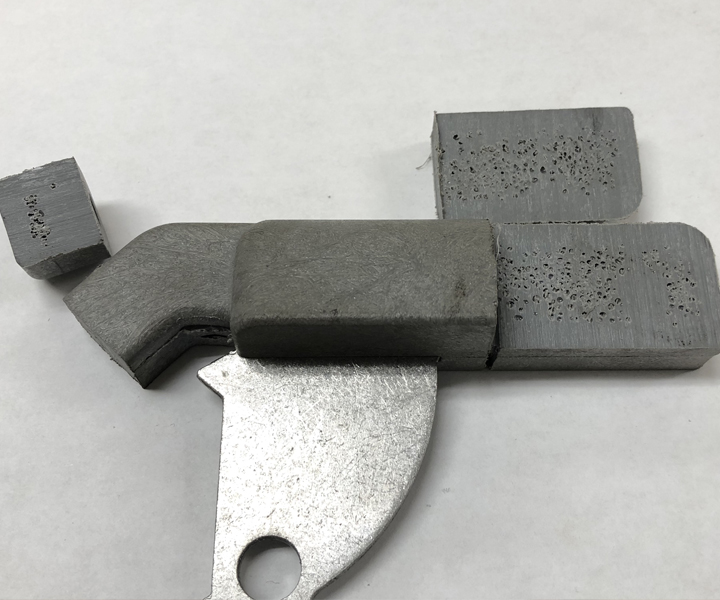The structural foam molding process adds inert gas into melted polymer. The density and weight of the finished molded product while providing increased strength.
Reduced WeightUtilizing low pressure, molten resin is injected with nitrogen gas or a chemical blowing agent. As the gas expands, the mold is filled with foam. As the foam flows through the mold, the cells at the mold surface collapse and form a solid surface, while core remains foamed. This solid surface and foamed inner core reduce the part weight up to 30%.
Increased Strength
Parts made through structural foam injection process can be thicker and sturdier than with other processes, such as injection molding. The foaming action produces a sturdy honeycomb structure on the interior core which provides strength and superior impact resistance. The lower pressures involved introduces minimal stress, and also reduces post-mold shrinking and warpage.
The lower pressure and forces involved allow more economical molding equipment and tooling to be utilized compared to other molding methods. Lower cost aluminum tooling and molds can be utilized due to the lower pressures involved. Aluminum molds provide better heat transfer, thus delivering faster cycle time.
The structural foam molding process is ideal for mass production of larger parts. Lower weight, higher strength parts can be made quickly and cost effectively.
The process of molding parts from structural foam is very similar to the traditional method of reaction injection molding. Polyurethane resin with an added an inert gas or chemical blowing agent is injected into a pre-prepared mold and causing a chemical reaction.
The quantity of resin injected does not completely fill the mold. Instead, the gas or blowing agent is activated by the reaction between the two elements. As it expands, it fills the empty space of the mold with foam. This creates the “honeycomb” texture for which the interior core of structural foam is known. Surface cells collapse when they come in contact with the walls of the mold, resulting in the creation of the solid layer which surrounds the core.
Structural Foam Molding offers several key production benefits, including:


High strength to weight ratio
Low stress and warpage due to low pressure process
Superior impact resistance due to the honeycomb core structure
Sound deadening and electrical/thermal insulating properties
Impervious to the elements
Parts can be sawn, screwed, or nailed

Faster cycles due to superior heat transfer of aluminum
High dimensional stability over the entire production run
Suitable for high quality painted finish applications
Multiple molds can be run simultaneously
Various materials and/or colors can be molded together
Increased productivity
Faster cycle times
Long life expectancy for tooling

Significant reduction in overall cost
Low pressure allows less expensive aluminum molds
Lower raw material costs
Recycled post consumer plastics can used
